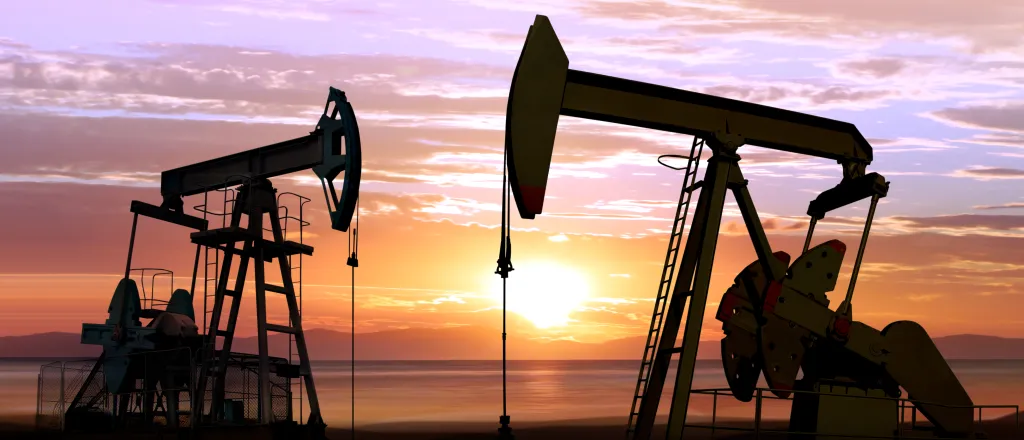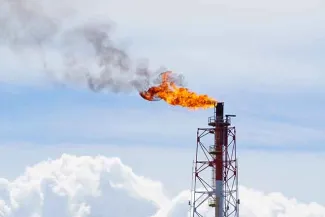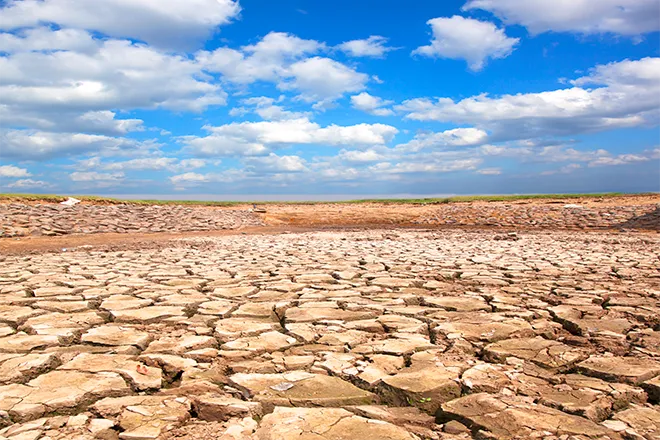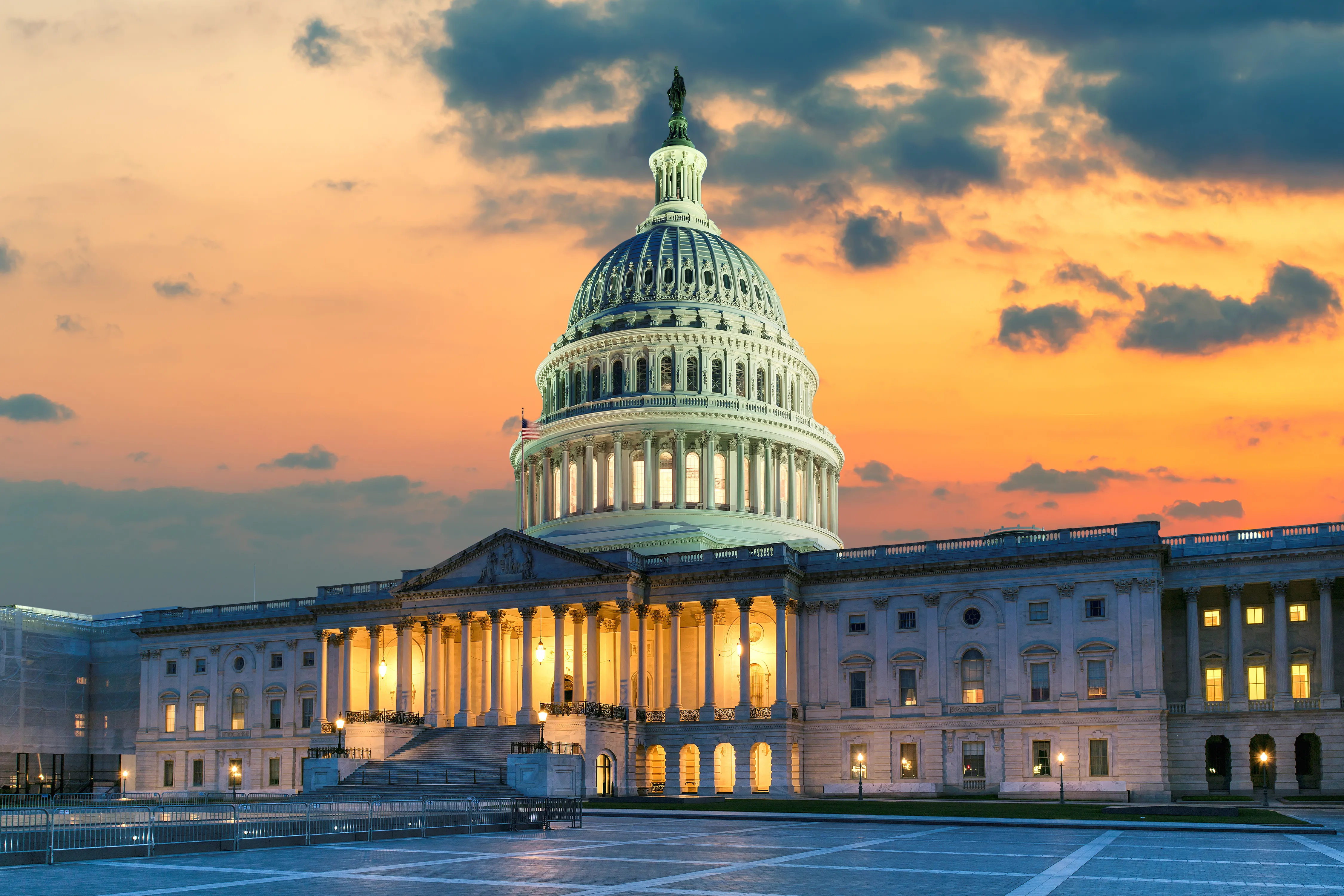
Colorado awarded $12.6 million federal grant to plug methane-emitting oil and gas wells
(Colorado Newsline) The U.S. Department of Energy and the Environmental Protection Agency are giving a $12.6 million boost to Colorado’s efforts to reduce methane emissions by plugging older, low-producing oil and gas wells.
EPA Region 8 Administrator KC Becker joined state officials in Commerce City on Friday to announce the grant from the Methane Emissions Reduction Program, a joint initiative of the EPA and Energy Department authorized by the 2022 Inflation Reduction Act. Methane, a potent greenhouse gas, is the primary component of natural gas, and methane leaks from fossil fuel infrastructure are a major contributor to climate change.

© iStock - Ianolan
“Colorado is a national leader in reducing emissions and protecting our air quality, and these grants will strengthen this work and move us closer to our climate goals,” Governor Jared Polis said in a statement. “Everyone deserves access to clean air, and we appreciate the Biden-Harris administration’s partnership in these efforts.”
Colorado will use the funds to cover the cost of voluntary plugging, remediation and reclamation of marginal or “stripper” wells — older wells that produce very little oil and gas — on non-federal lands across the state. The typical cost to plug and remediate an older well can range from $50,000 to $100,000.
The Energy and Carbon Management Commission, the state agency that regulates oil and gas drilling, will oversee the program. The ECMC said in a press release that it plans to “prioritize wells that are known to be high methane emitters and those close to disproportionately impacted communities.”
“We want to thank the EPA and DOE for supporting this important work in Colorado,” Aaron Ray, the ECMC’s interim director, said in a statement. “This federally funded program will improve local air quality, reduce methane emissions and create benefits for disproportionately impacted communities in our state.”
Methane emissions from oil and gas infrastructure accounted for more than 20 percent of Colorado’s total greenhouse gas emissions in 2020, according to state estimates. That’s a share roughly equivalent to the total emissions of every gas-powered vehicle on Colorado’s roads.
Beginning in 2014 under then-Governor John Hickenlooper’s administration, Colorado has been touted as a pioneer in enacting rules aimed at detecting and minimizing methane leaks in oil and gas operations. The EPA last year finalized federal methane regulations that proponents say were modeled on Colorado’s approach.
But while state officials and industry groups celebrate progress in reducing the “intensity” of the sector’s methane emissions — a measure of the amount emitted per unit of oil and gas produced — Colorado’s booming oil and gas production levels meant that its methane emissions increased in absolute terms between 2015 and 2020, and remained near levels emitted in 2005.
State officials are targeting drastic emissions cuts in the oil and gas sector to help the state meet its upcoming climate goals, aiming to reduce emissions from over 20 million tons in 2020 to less than 14 million tons by 2025, and to 7.3 million tons in 2023.
Colorado Newsline is part of States Newsroom, a nonprofit news network supported by grants and a coalition of donors as a 501c(3) public charity. Colorado Newsline maintains editorial independence. Contact Editor Quentin Young for questions: info@coloradonewsline.com. Follow Colorado Newsline on Facebook and X.
















